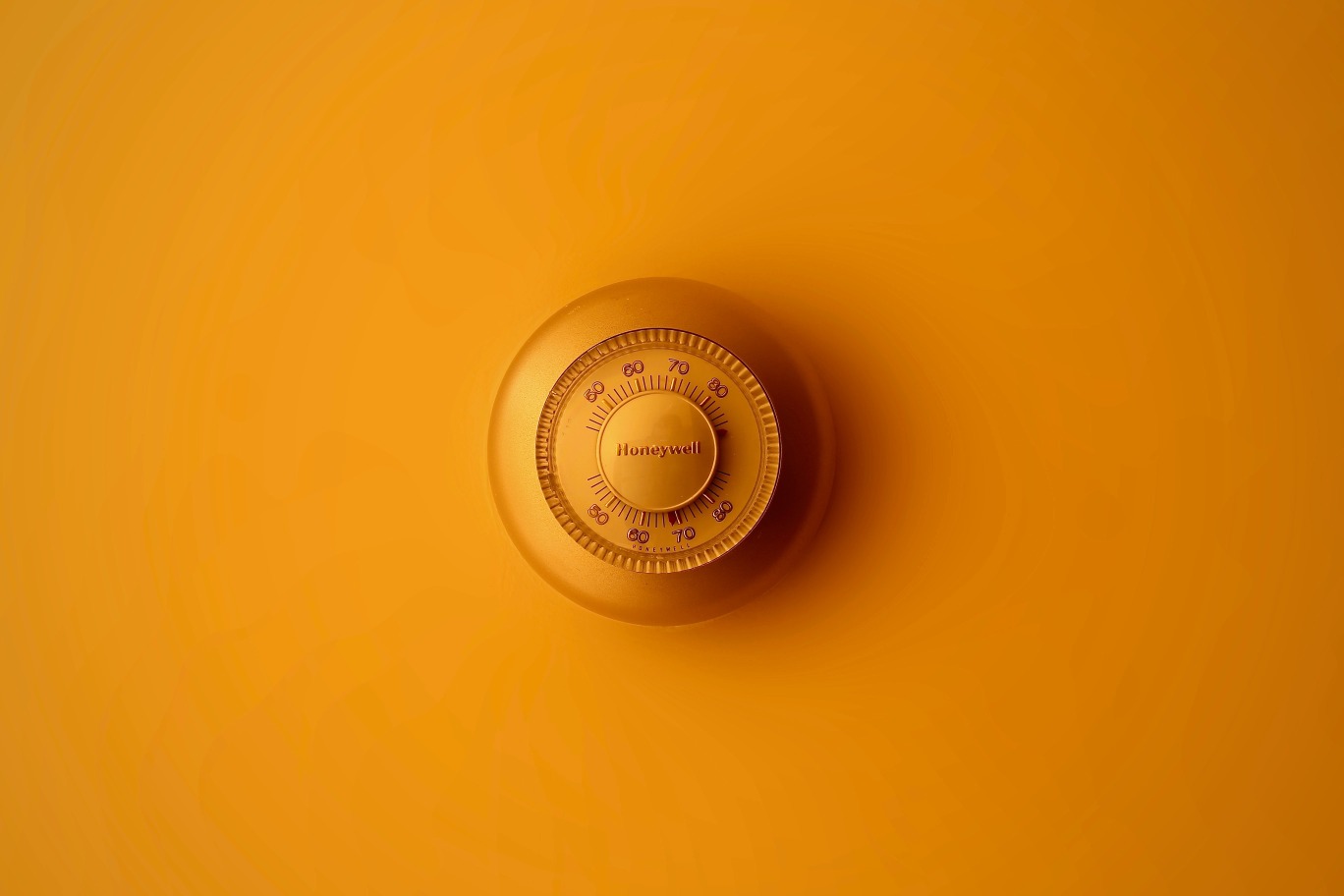Ways to Turn Your Home into a Smart Home
by Tanya Mayer

In Back to the Future II, Lea Thompson uses a futuristic microwave to turn a mini pizza into a full pie in a matter of seconds. In Blade Runner 2049, Officer K has a holographic AI at home. And in Total Recall, Arnie's Doug has access to a touchscreen fridge.
It turns out cinematic predictions can come pretty close to the real thing. Smart homes are now available beyond the silver screen. Ready to turn your home "smart"? Here are 4 ways you can achieve it.
Google vs. Amazon: Choose Your Home Assistant
Perhaps your most important decision on your smart journey: the Amazon Echo or Google Home? It's not an easy choice, especially considering both devices are rock solid and come in at a very affordable price point. These points may help you decide:
- Google speakers are better. It's a generalization, but Google's speakers tend to have higher built-in quality. Amazon devices, however, can easily be hooked up to third-party speakers. Most people tend to do this anyway.
- Design. The Amazon Echo wins here, mainly due to the sheer amount of options. You can use removable fabric, allowing you to choose according to your home decor.
- Voice control. We think Google wins here, particularly for those of you who like to ask random questions. Alexa often heads straight to Wikipedia, whereas Google Home will scour the web for the best answer.
Ultimately, it’s down to you and personal preference. If you're knee-deep in Google's ecosystem already, the Google Home may be the easiest choice. More of an Amazon Prime person? Just say "Alexa" and you"ll be on your way.
Smarten Up Your Home Security
Unfortunately, going smart isn't just about the cool and the exciting. With crime rates still higher than they should be, investing in your home security is a good idea. Even if you're in a relatively safe neighborhood, it's better to have peace of mind:
- Smart Security Floodlights. Thieves like operating in the shadows, the darkness. They don't want witnesses, which is why many tend to operate at night. With smart security lighting, you'll be equipping your home with next-level security. These operate remotely, using an app, there's voice control, the works. You can even use third-party services like IFTTT to fine-tune your device.

- Security Camera. But done the smart way. The Arlo Ultra is probably our favorite, but there are plenty of options out there. The Arlo Ultra will set you back a pretty penny, but it's a hardcore device. It's completely weatherproof, gives astounding 4K visuals, and you don't need wires to set it up. You can integrate it with Amazon Alexa, Google Assistant, and/or your Apple Watch. Everything is stored on the cloud.
- Smart Lock. Smart locks will ensure your door is always locked, notify you if there are any issues, many offer internal alarms, include encrypted security, and the Yale version also allows you to set timed single-use PIN codes to let visitors in.
Smart Home Lighting
Smart lights can be turned on off by voice command or through a smartphone app. You can set the mood using millions of palettes. Set your lights to dim slowly as it gets dark, getting your body ready to go to bed. Turn your lights on automatically while you're away from home.
Or if you're looking for a nice welcome when you get back, just say "Alexa, I'm home" and your lighting will turn on according to your preference (of course, you can also do this with Google!).

Smart Thermostats
Tired of overspending on your heating or air conditioning? Enter smart thermostats. Our recommended device is Google's Nest, but there are other brands that do similar things.
The Nest allows you to set the heating and cooling systems of your home in whatever way you want. You can control the device when you're away. For example, set the heating to come on as you're driving back from work. It also shows you the time and temperature when it's idle. The energy savings will pay for the device in less than two years.
Make Smart Work for You
Smart homes are meant to make your home better. Make smart work for you and your family, not the other way around. Don't go smart for the sake of it, but think of the features that will improve your life. Fair warning, however: once you go smart, you'll never go back!
About the Author
Here is my author bio Tanya is a writer and a mother of two youngsters. She enjoys spending time with her husband and kids, reading books and cooking.
